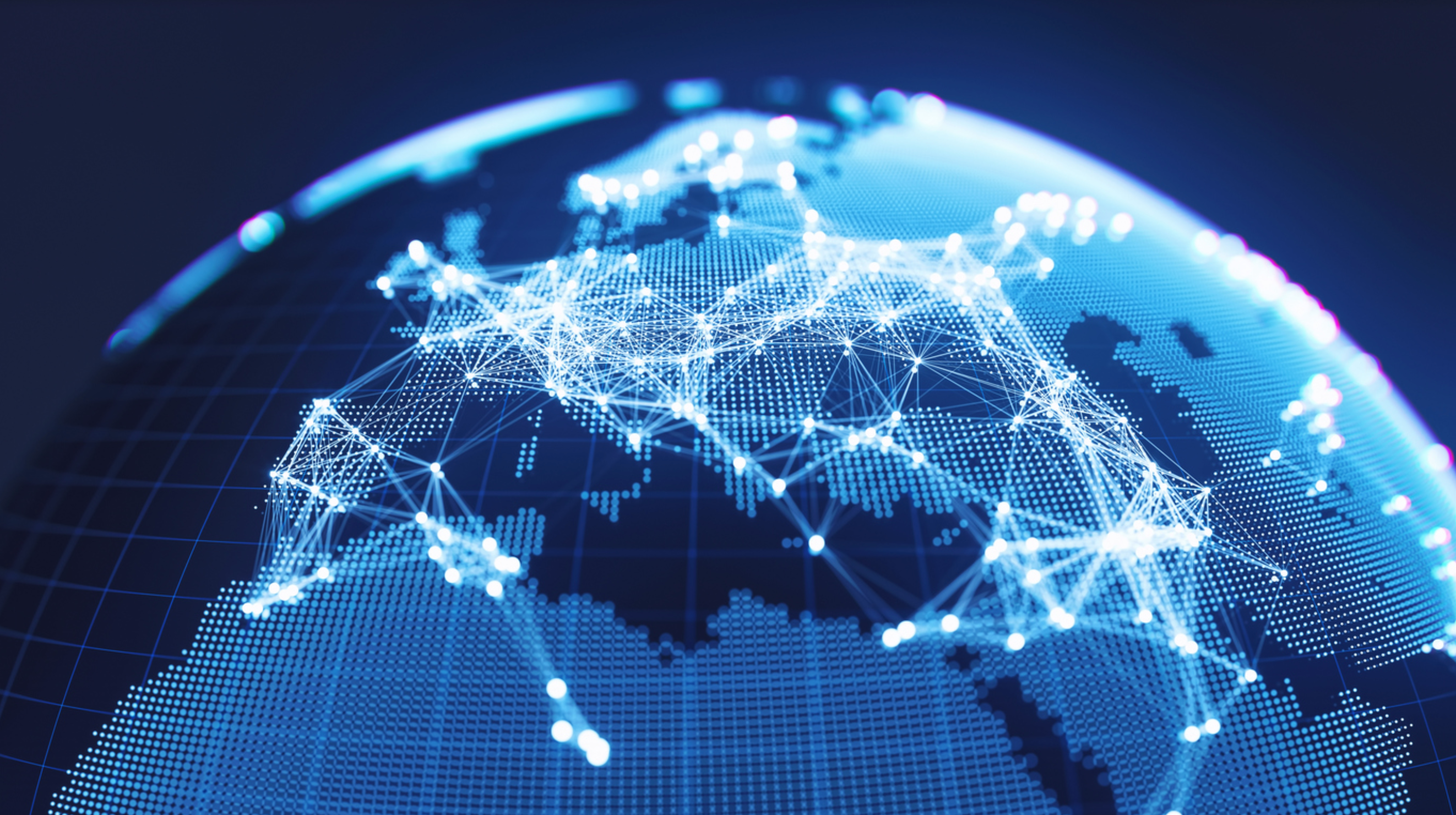With the importance of environmental impact, and mitigating climate change, becoming more and more evident, we have seen a huge shift in businesses, from Startup to Corporate, change and adopting practices to become more sustainable, and environmentally friendly. We’ve seen an increase in companies who provide IT Support for Small Business Solutions using more ‘green’ technology. It seems that most business leaders, when asked, agree that sustainability is important to the future of business; and many large companies (particularly tech companies) seem to be making firmer commitments to reducing their carbon footprint, as well as helping their customers reduce theirs.
Many may be wondering how exactly a business that wants to become more sustainable should go about doing it. There has been an increase in IT Support Central London Offerings that take into consideration how to lessen your ecological impacts as a company. So, like with many other modern-day solutions, the answers seem to be through technology.
We spoke with TechQuarters, a Microsoft Partner and IT Support specialist from the UK, about how technology can help businesses improve their sustainability credentials. We have our own dedicated teams, including Azure Experts, and a Microsoft 365 Consultant Team to help with unique queries and requests.
“The modern business relies heavily on IT to function in a world that is becoming increasingly tech-centric,” says TechQuarters. “So, it makes perfect sense that IT will be a big part of the sustainability effort.”
A key example they gave is how businesses can reduce their carbon footprint – which is the amount of greenhouse emissions an organization, individual, or event produces.
“You’ve got PCs and laptops, printers, servers, and many more types of hardware running for at least 8 hours a day, for an average of 5 days a week,” says TechQuarters. “Our first piece of advice would be finding ways of managing that energy consumption – there are many!”
A lot of modern hardware is built to be energy efficient, so they consume a lot less energy than hardware that is even a couple of years old. Replacing old or outdated hardware with newer, energy-efficient hardware can make a significant difference in the amount of energy your business consumes.
“We’ve worked with a lot of customers to overhaul their hardware,” said TechQuarters. “For example, not only did we replace one of our customer’s entire inventory of printers with modern, multi-functional devices that had better energy ratings, but because they were also faster and offered more functionality, the customer was able to actually downsize their hardware inventory, so yet more energy is being saved for them.”
Another aspect of Modern IT that TechQuarters stated makes a big impact was Cloud Computing.
“Using the Cloud to host critical infrastructure means you no longer need lots of big servers that require a lot of energy to function, as well as to stay cool and not overheat,” said TechQuarters.
Services such as Microsoft Cloud enable businesses to host everything from virtualized servers, to applications, virtual machines, and database in Microsoft’s own data centers. Research has indicted that large or hyperscale data centers, like the one used by Cloud Services, as much more energy efficient than local servers – in other words, data stored in a Cloud data center will use comparatively less energy than the exact same amount of data stored on even the most energy efficient local server.
What is more, modern IT enables businesses to utilize and analyze data in new and more insightful ways. Through machine learning, which is more accessible than ever, to analyze data created by a business to gain insights on their work, can help said business make smarter decisions. This can be applied to a business’s environmental impact. Another form of IT that can work alongside this is Internet of Things (also known as IoT); IoT is class of technology that refers to devices that are interconnected wirelessly and share data through the use of embedded sensors, processors, and software.
“Let’s say your business has a factory that utilizes IoT devices,” says TechQuarters, “those IoT devices have a wealth of data that can be translated and analyzed for the purpose of monitoring energy consumption, operation efficiency, frequency of use, and much more.”
In this scenario, you can analyze data collected from the factory to ensure that it runs in a more efficient and green way. These, and many more solutions and approaches, is just the start of how businesses can utilize IT to become more sustainable.


